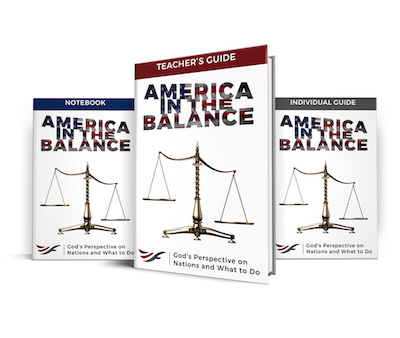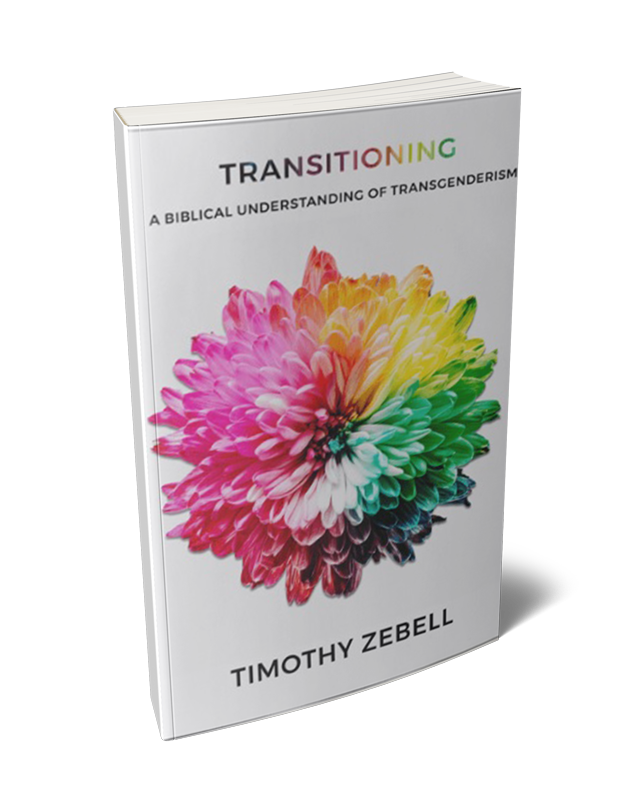We long for financial security through stocks, bonds, commodities, real estate, savings accounts, and precious metals. But pursuing the accumulation of wealth through each of these means does not provide the certain guarantee that God does. Financial investment for most people will be a fruitful endeavor in seasons of prosperity, but most likely not during a national or global crisis.
Through the prophet Jeremiah, God communicated that to trust in anything other than Him, is like trusting in a leaky water container—it’s just not going to turn out well (Jer. 2:13). In 2010, former chairman of the Federal Reserve, Ben Bernanke, explained that federal monetary policies are on an “unsustainable path.” Coupled with the observation that our national debt is now almost 20 trillion dollars—a number incomprehensible to most of us—it seems that “broken cisterns” is what many in America have chosen to trust.
To put our debt into terms that we might begin to understand, if every U.S. citizen were to pay their portion of the national debt; each man, woman, and child would owe $61,000. Put another way, each taxpayer would need to pay $166,000 today. By the year 2020, it is estimated that interest payments on our nation’s debt will reach nearly $1 trillion annually, assuming interest rates do not rise.
Certainly, much more could be said, but our national debt has brought us to the brink of an economic crisis, and this crisis is only one in a series which could lead to a complete collapse of the economy. Regardless of whether we truly stand at the precipice of something as severe as an economic collapse, the American economy is in a precarious position.
Over the next few posts, I’d like to consider some traditional areas of investment and to ask the question, “Where should we turn for refuge in a precarious economy?”
Precious Metals
Because the dollar value of gold and silver increases proportionally to the decrease in the dollar’s purchasing power, economists who foresee an inflationary economy can be bullish regarding gold and silver. It is not uncommon to hear gold enthusiasts, often referred to as “Gold Bugs,” predict gold prices of $5,000 and $10,000 an ounce, while others anticipate even higher prices. This is because of the risk of hyper-inflation and a crack boom economy where people dump their currency into tangible assets regardless of price.
An example of this occurred in Germany during the Weimar Republic’s hyper-inflation between 1919 and 1923 when gold prices soared from 170 marks per ounce to 87 trillion marks per ounce. Today, deficit spending and the addition of $4 trillion to the U.S. money supply through quantitative easing by the Federal Reserve in only 6 years has led some economists to anticipate a tsunami of hyperinflation, and they view precious metals as the only safe haven for preserving the purchasing power of their money.
However, there are reasons to be skeptical of investing in precious metals:
- Some Gold Bugs anticipate a windfall hoping the U.S Government will go back to the gold standard, but this is highly unlikely.”
- Some precious metal investors believe that gold and silver prices are destined to rise because current prices are being artificially suppressed. While such a claim cannot be verified, in 2015 UBS, HSBC, Morgan Stanley, Barclays, Julius Baer, Mitsui, and Deutsche Bank were investigated for rigging prices in the precious metals market. Attorney General Loretta Lynch said that some of the banks “participated in a brazen display of collusion and … manipulation.” Regardless, today’s spot gold prices are $1,208 an ounce, and spot silver prices are $17.07 an ounce. These prices are well below their mark when adjusted for inflation according to the U.S. National Debt Clock which estimates that gold should be selling for $8,925 an ounce, and silver for $980 an ounce.Nevertheless, it is hard to say if precious metals will reflect their true value any time in the foreseeable future.
- While precious metals are a safe-haven during inflationary times, some are forecasting deflation. Former financial consultant for Fortune 100 companies and founder of Dent Research Harry Dent is such a person. According to Dent, gold is declining and will not reach a new peak until around 2038.
- Last, God warned not only the Jews, but “all the inhabitants of the earth” not to put our trust in gold and silver: “Neither their silver nor their gold will be able to deliver them on the day of the Lord’s wrath . . .” (Zeph. 1:18).
If these positions are correct, then gold and silver cannot be the refuge that we seek. Unfortunately, there simply is no way to know with any certainty which direction gold and silver prices are destined to go.
What about other forms of investing? And what is the Bible’s answer?









